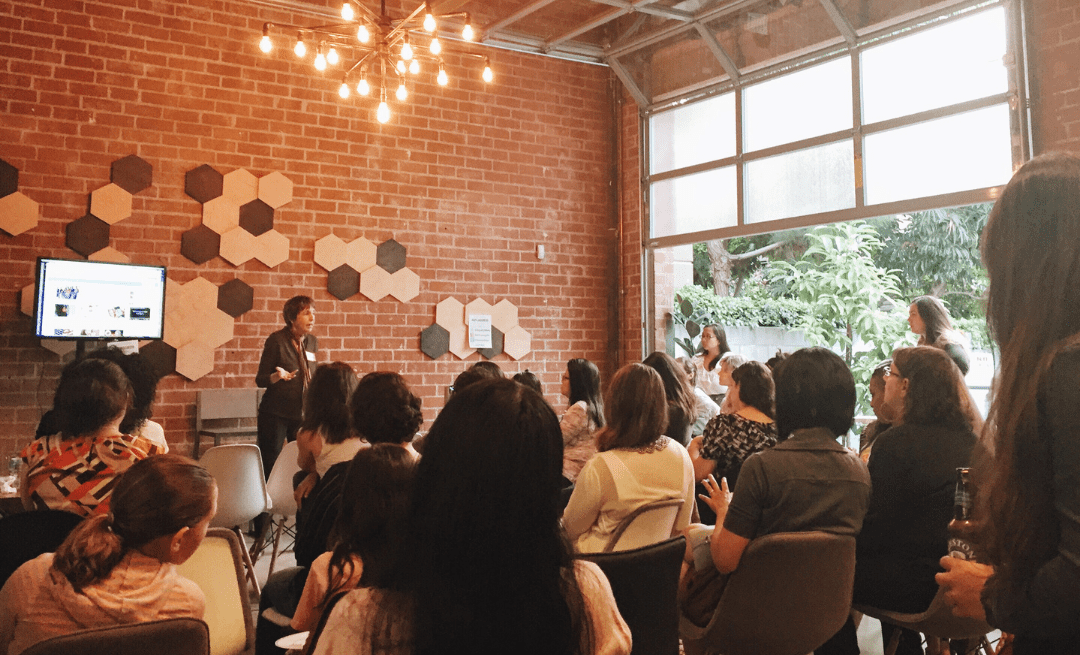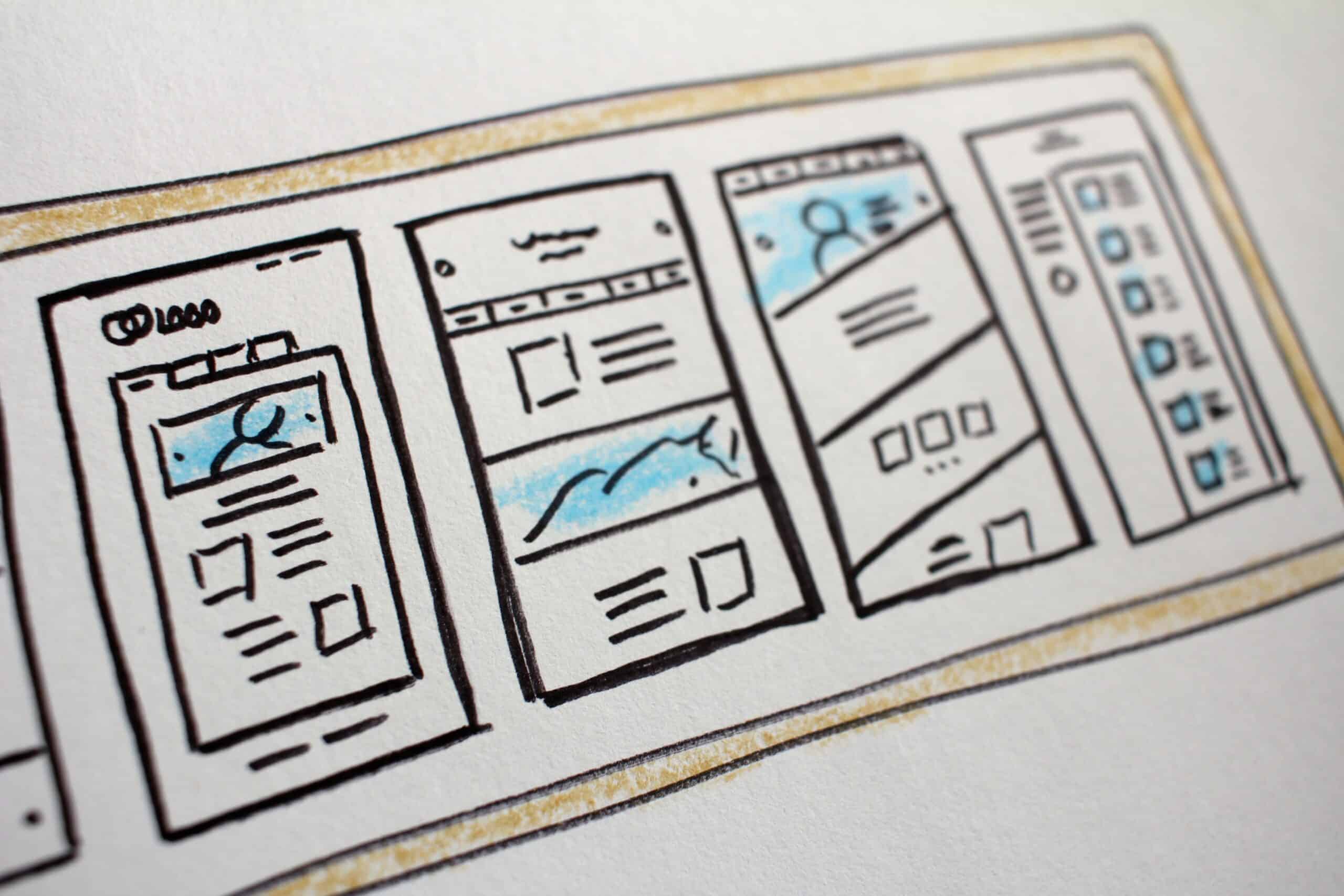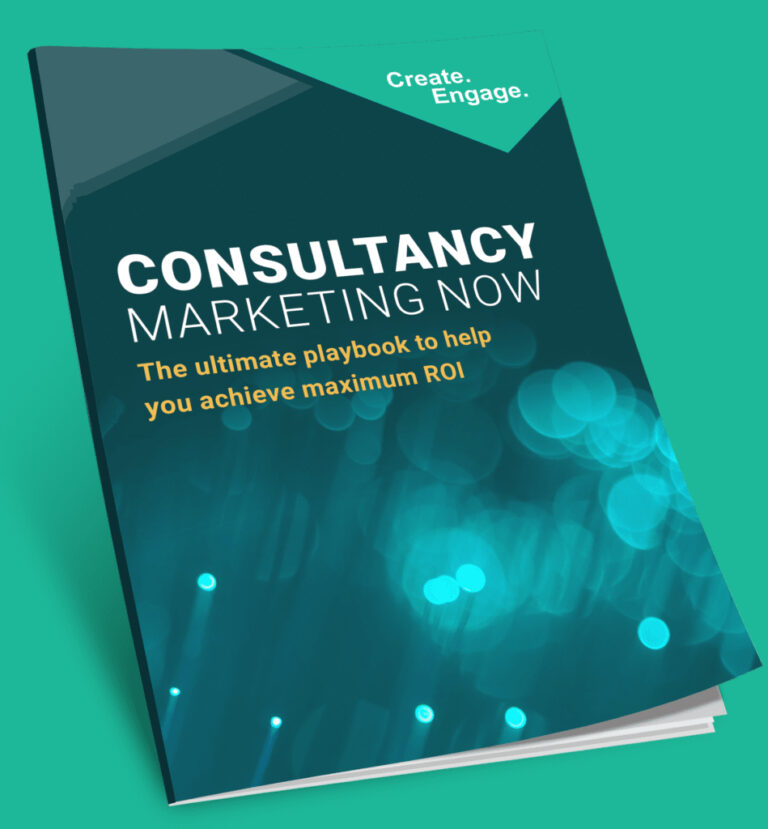If there’s one social media platform no consultancy can ignore, it’s LinkedIn.
You may not have time for Twitter or see the value of choreographing a dance routine for TikTok, but when it comes to LinkedIn there is no argument.
Search the name of anyone in any organisation you’d like to work with and they are very likely to have a LinkedIn profile. It’s where the senior leaders and decision-makers in every sector are, and unlike many other forms of marketing, you can connect with them directly, one-to-one.
Through our work with consultancies, we’ve seen the power it has to generate conversations that turn into projects. And as digital continues to become an ever-bigger part of our working lives, connecting virtually has become an indispensable tool for building networks that develop new business.
Initially, it may feel like you’re shouting into the void. But by posting consistently you’ll start seeing results in terms of engagement and follower count. As long, of course, as your posts hit home. This quick guide to writing them will help you create ones that do.
Choose your topic wisely
Social media is, well, social. It’s more of a conversation than a hard sell. This isn’t the place to regurgitate your corporate website.
You may occasionally want to post about a new hire or a team day out and that’s great, it shows your human side. But your regular drumbeat of content should demonstrate how well you understand the challenges your clients are facing.
What’s in the news that may impact the sectors you work with? What are senior people in those industries posting about? What events are they attending? You’ve probably got your finger on the pulse already, but not all consultancies put that knowledge to good use on LinkedIn.
Post about a problem or opportunity that’s furrowing a senior leader’s brow today, and tease a solution, and they may be on the phone to you tomorrow.
Follow a structure
Your audience is time-poor. They’ll be scrolling through LinkedIn between meetings or on their way to the office. Following a consistent structure can help you write a concise, catchy post that’s just right for this moment. Try this three-step approach:
1. Your audience will only see the first couple of lines of your post before the ‘…see more’ button, so you need to work hard to draw them in with an opener that gets to the heart of the problem or opportunity at hand.
2. Briefly explain how this issue is impacting businesses like theirs and how they can address it.
3. Finish with a call to action that takes them to a useful article on the subject, an invite to your upcoming webinar where you’ll explain how others are tackling this challenge or a relevant case study that shows your work in action.
To get a better idea of how this looks in practice, take a peek at our post about writing compelling marketing copy.
Get writing
So, you know your topic and you’ve thought about the structure of your post. But what should you say and how should you say it?
Pick one angle and run with it. Trying to fit too much in will lead to your post becoming cluttered and hard to read. In fact, leaving people wanting to find out more is a good thing, as it means that they’re more likely to get in touch!
When it comes to the words themselves everything we say in our blog about writing great copy, holds true for LinkedIn. But even more so. In short, leave the jargon at the door and remember you are connecting with fellow humans, so think conversational rather than corporate.
Don’t forget to engage
This is one of LinkedIn’s key strengths. You can tag relevant people in your post – just add @ and start typing their name – and they will be notified, which means they’re very likely to read it.
You can also use hashtags to become part of discussions people are having around, for example, the #finance and #banking sector.
And if your post generates a little buzz and gets a few comments, respond to them to build relationships. Just as you would in a conversation with a new client.
Turn interest into leads
Not every post will generate a lead, but each one will help to paint a broader picture that shows your consultancy understands what matters to your clients and has the solutions they need. Just like running a marathon, it’s not one specific training session that gets you there, it’s the compounding effect of all of the work you put in that leads to the end result.
Of course, we understand you already have plenty on your plate and that there often aren’t enough hours in the day to post on LinkedIn. And that’s where we can help.
If you want to find out how we’re supporting many consultancies just like yours to manage their LinkedIn presence, and how we could help you with your marketing too, drop us a message.



